Hair is a bond that can bring Black women together and get them talking. Our hair is an integral part of our story. That’s exactly why I wanted to help put the series The Hair Tales into the world—to validate what every Black woman has been through and create a platform to share our complex journeys filled with highs and lows, frustration and acceptance. There isn’t a Black woman alive who doesn’t have a hair tale. That I know for sure.
Mine started at 4 or 5 years old in the kitchen, watching my aunties press each other’s hair into smoothness with straightening combs and Queen Bergamot—you’d always hear that sizzle. For many African American women of my generation, the journey has been fraught with early perceptions that having straight hair was more meaningful and put you in a category of being prettier and setting you up for success more than having your own “nappy” hair. I distinctly remember having my hair pressed at a very young age, probably for Easter Sunday. My aunt Kate gave me Shirley Temple curls, and I recall looking in the mirror and feeling as pretty as I could be, with bangs rolled up.
For some time, I continued straightening my hair. I was probably a teenager in Nashville when I got my first chemical relaxer to permanently straighten my hair. For many Black girls, this is a rite of passage.
Fast-forward to doing the local news in Baltimore, when I was washing and setting my own hair. There was no hair-and-makeup team back then. As I tell Tracee Ellis Ross in The Hair Tales, there was this awful moment when I was told that I needed to do something about the way I looked. I was sent to a New York salon, and when I walked out, my head was covered in scabs. I was being heavily pressured and criticized in this new job, and then I lost my hair. I was 22, and it was one of the most challenging times for me as a young adult.
After that, I vowed to go natural and wore an Afro for a while. It was the most freeing time because I didn’t have to spend energy worrying about how I was going to wear my hair. I went on to try the Jheri curl. And when that grew out, I met Andre Walker, who did my hair for 30 years straight for The Oprah Winfrey Show. God bless him. Every other day he’d wash my hair, and every couple of months he would do a chemical relaxer. I look at those years in the ’90s, and I had great hair. Andre was perfect for me. From 1986 until 1998, it was all my own hair.
It wasn’t until after Beloved that I started wearing wigs. Peter Owen, who made these incredible natural wigs for the film, agreed to do some for me so that I could start preserving my own hair.
Of course, today I still have some help. I stopped having my hair relaxed over 10 years ago. If you see my hair long and straight, it’s because my hairstylist Nicole Mangrum spent two hours blow-drying and flat-ironing, and it’s probably a warm and sunny day with zero humidity. Or she’s standing nearby with a flat iron ready to fight any fuzz. It’s challenging taking care of my natural hair, which is super thick and past my shoulders.
For The Hair Tales, I wanted to wear my natural hair. I didn’t want to be sitting up there talking about my hair while wearing someone else’s. So it was washed, sectioned, and twisted, left to dry overnight, and then Nicole separated each little curl.
When I don’t have the help of Nicole, I’ll often pick up one of the girls. And by girls, I mean my wigs: Diana, Tina, Beyoncé, Viola—they’re all named after African American women. Those wigs come in handy.
I’ve also worn my hair braided to keep it protected or when I would travel to Africa. One visit, we were waiting for Nelson Mandela to helicopter into this village. I was sitting there with the mayors, chiefs, and all the dignitaries, and they were like, “We are so excited. Oprah Winfrey is coming with Madiba.” And I said, “I am Oprah Winfrey.” They replied, “You are Oprah Winfrey? You look like a girl from the village. We want to see the real Oprah.” Lesson learned: When you go to Africa, try to look like you do on TV.
Today, I’m at peace with my hair, whether it’s in braids and I look like a girl from the village or pulled back into a ponytail. I also know how to tie a great headscarf. I did it so well the other day, I went, “Oh boy, do I look like Maya or what?”
I hope people, especially African American women, will see themselves in the stories shared in The Hair Tales and be affirmed. And just so you know, my own hair tale isn’t complete. There are still wigs to be worn, ponytails to be placed, and curls to be coiffed. And I’ll continue to celebrate my crowning glory for all that it is—strong, purposeful, and resilient.
This content is imported from OpenWeb. You may be able to find the same content in another format, or you may be able to find more information, at their web site.
Bagikan Berita Ini


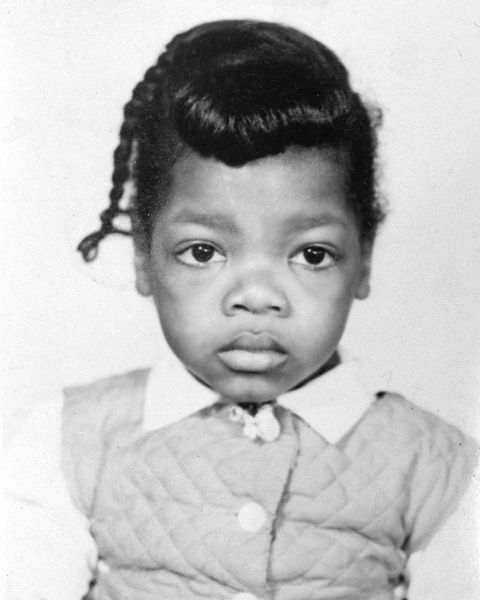
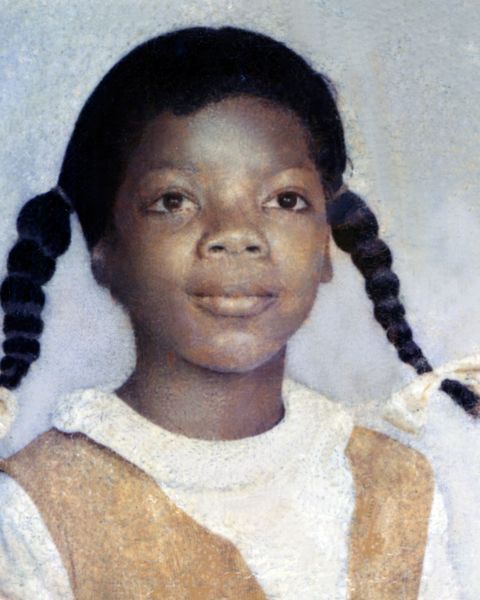
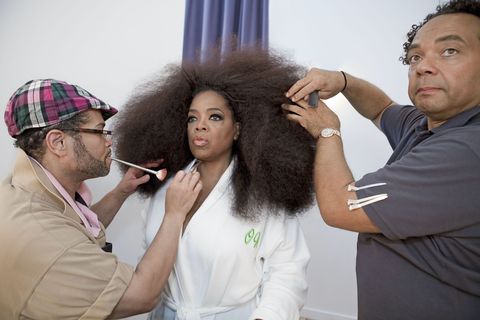
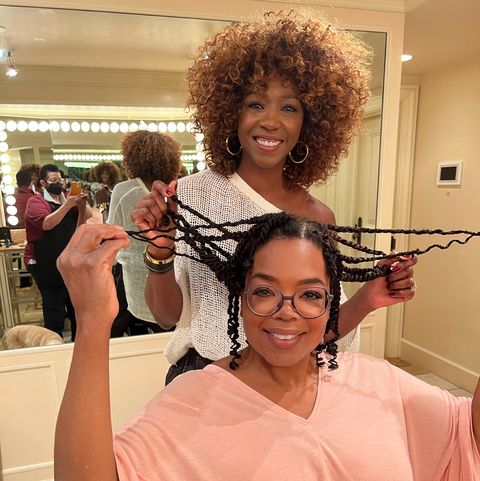
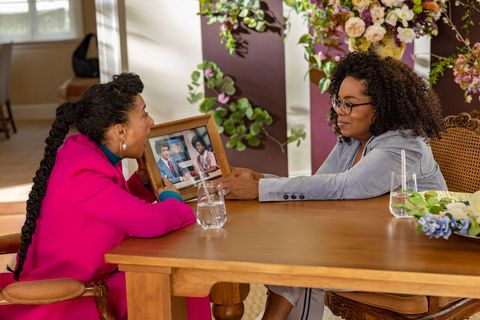















0 Response to "Oprah Opens Up About Her Hair Journey - Oprah Mag"
Post a Comment